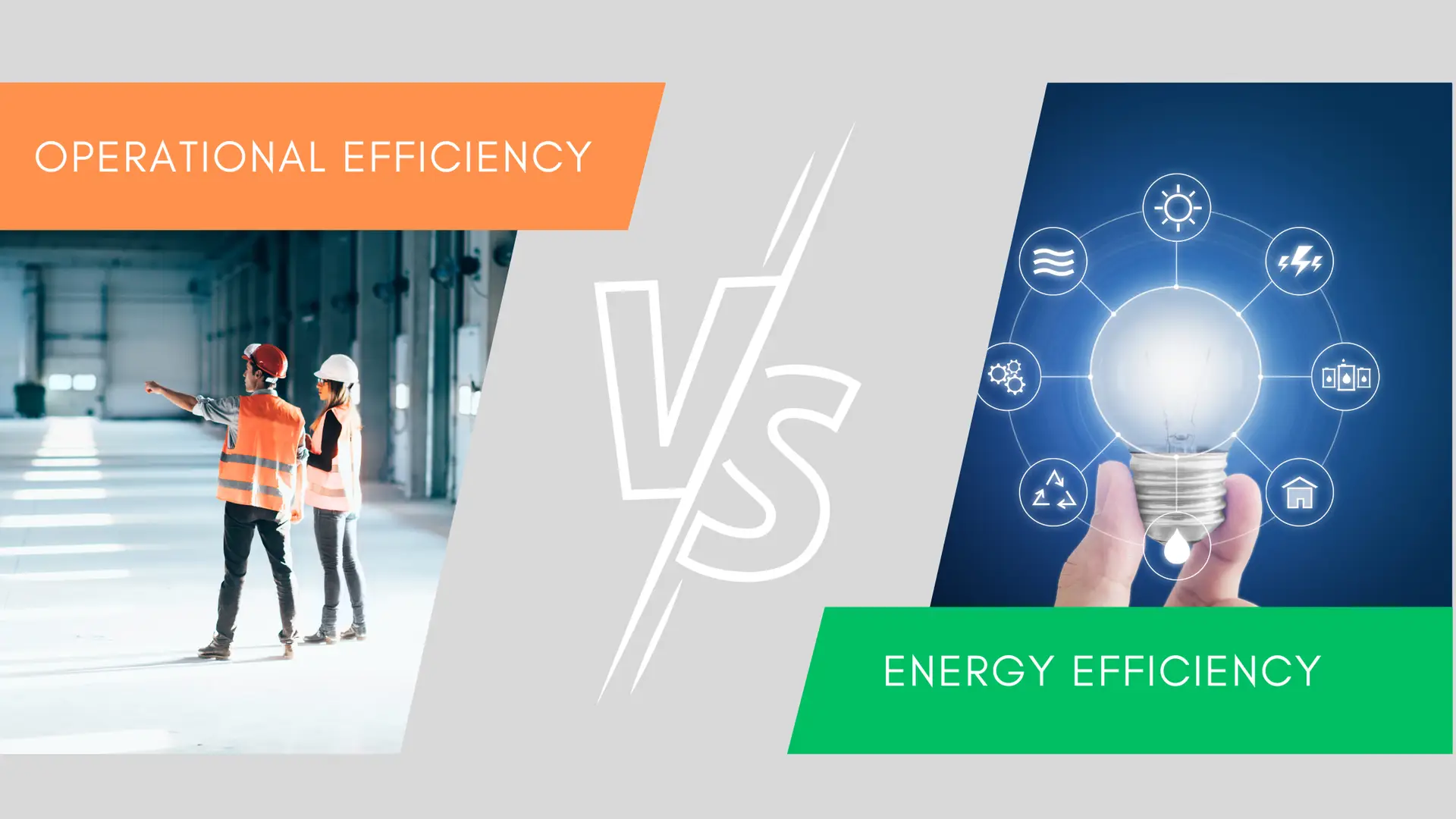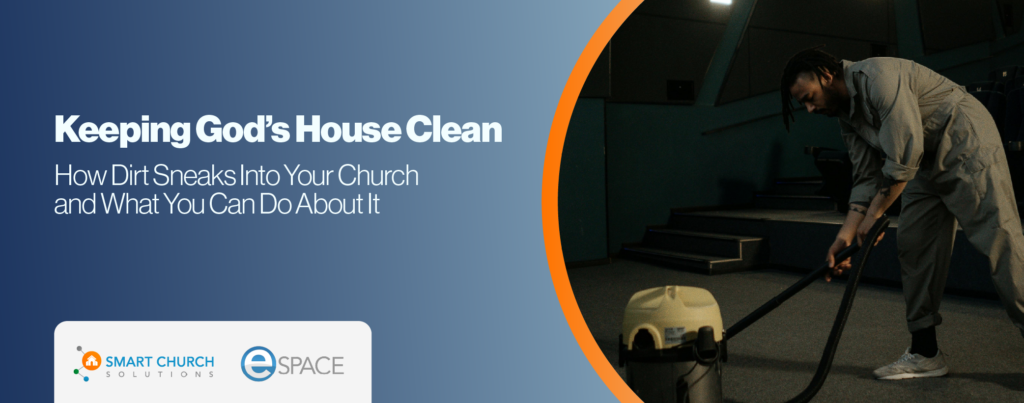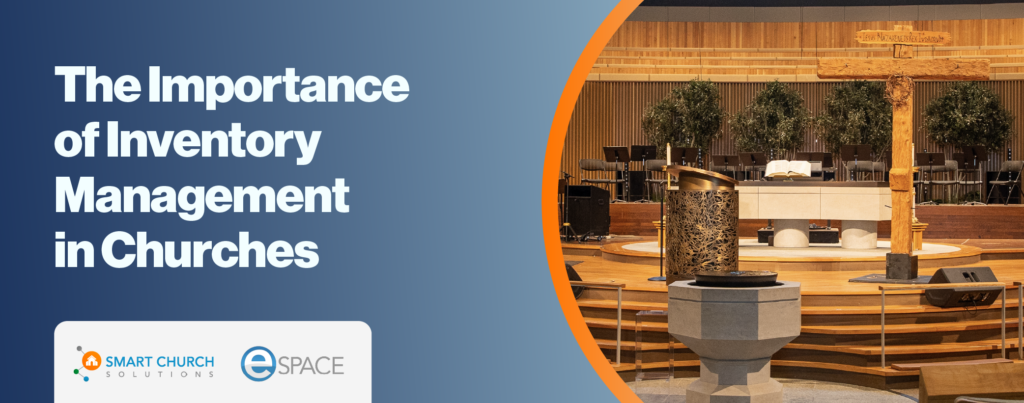Over the last few weeks, we outlined how to improve operational efficiency to better your facility stewardship. The many steps listed increased operational efficiency, which, in turn, results in the following:
- Better care and stewardship of the facilities entrusted to us.
- Reclaiming time for the staff you currently have so that they can perform tasks only a human can perform and do them more efficiently.
- Reduce the need for additional staff.
Those are compelling reasons.
Examples of Operational Efficiencies
We have been addressing the impact of these kinds of operational efficiencies on energy efficiency. This has been a very thought-provoking exercise, and there are some hand-in-glove benefits, meaning you get one in conjunction with the other.
For example, if you integrate your event management calendar (such as eSPACE) with your HVAC systems, you can increase operational efficiency by reclaiming about three hours weekly. Other benefits may include the following:
Reduction in Utility Costs (i.e., energy efficiency)
Your systems will only operate when they are needed for approved events. This means they do not run at occupied set points when there is not an event or occupants in a specific area of your facility. We have seen churches save 10-25% in utility costs using this integration.
Reduced “Runtime”
Why is this important? Do a little research on the run-time of a used police car. Here is a forum you may find interesting. If you read the first comment on that forum, you will see a story and the corresponding runtime. The car had 78,000 miles on the odometer. But the actual runtime is calculated from hours to miles. This shows that the engine has been “running” the equivalent of 432,000 miles — ouch!
Run time directly impacts the life cycle and remaining useful life of a motor or other mechanical equipment…like your HVAC compressors. If you can reduce runtime by not running your HVAC units when there are no events in the space, then you may extend the unit’s life. Therefore, your church does not have to replace it as soon as a unit that runs all the time.
OK — Back To The Point
More often than not, we find that churches only consider energy efficiency as the end-all solution to saving money. That is not the right approach. Don’t get me wrong; it is essential to saving money and facility stewardship. However, it should not be considered a separate silo. It is really just a component of the total facility stewardship strategy.
In fact, we suggest churches start with the operational efficiencies and then incorporate the energy efficiencies. As we mentioned in our Facility Staffing Series, some/most of the energy efficiencies will be a byproduct of the operational efficiencies. It does not work in reverse.
So, Which is More Important For Your Church?
The answer is both. Each is important, but we suggest you start with implementing operational efficiencies and incorporate additional energy efficiencies as you progress. Now, let’s hear it for efficiency — onward!








